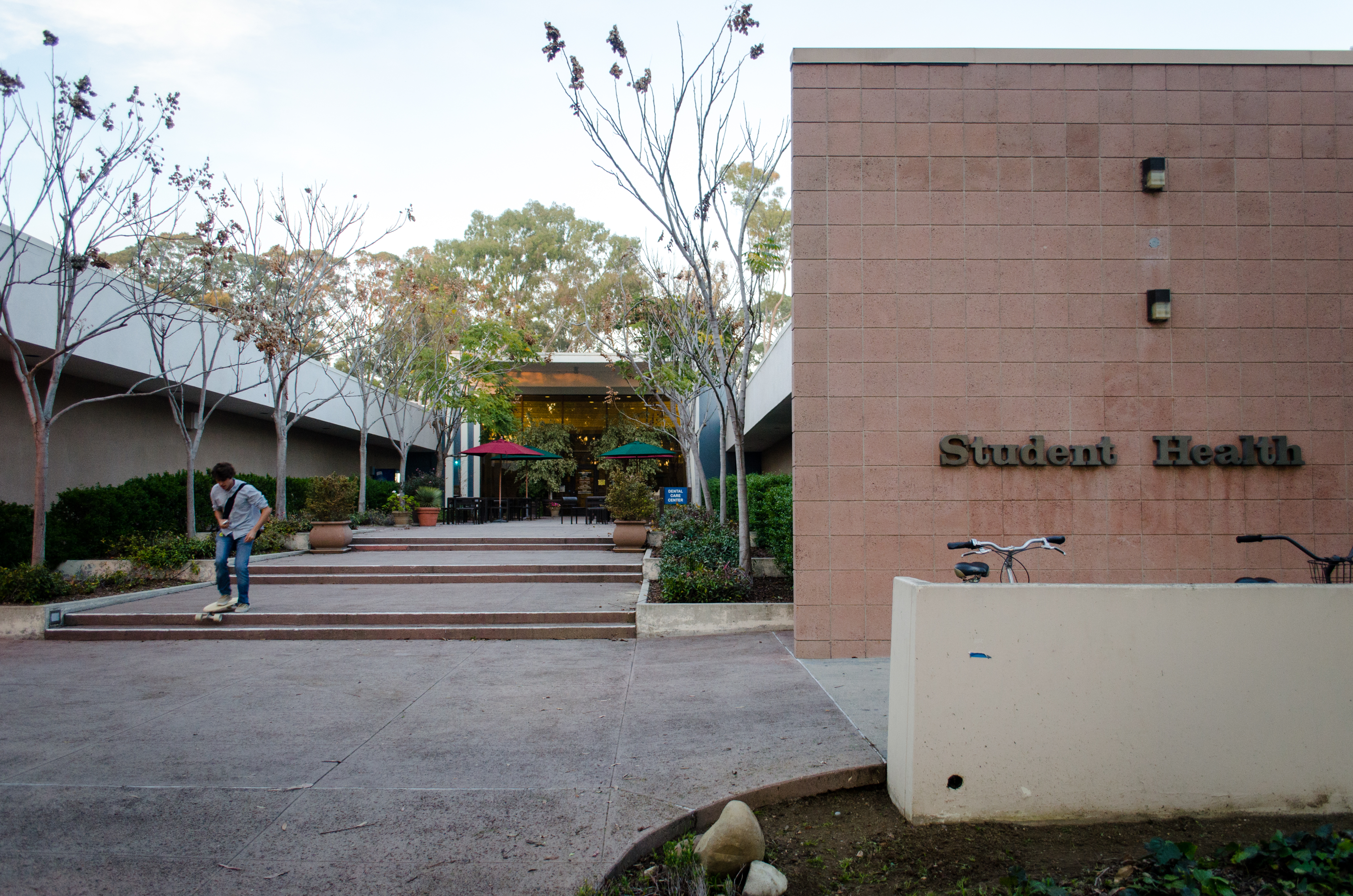In compliance with a new influenza vaccine requirement for all UC students and employees, UC Santa Barbara is ordering 9,000 flu shots for this fall, an invoice over four times larger than in years past, according to Student Health Medical Director Ali Javanbakht.

Barring a flu shot exemption from a healthcare professional, all students and employees must be vaccinated by Nov. 1, 2020. Nexus file photo
The UC’s first influenza vaccine mandate, announced earlier this month, follows a rise in confirmed COVID-19 cases in Isla Vista. The new mandate anticipates additional spikes in COVID-19 cases in the community, come fall, and an increased strain on UCSB’s — and the rest of the UC campuses’ — medical systems, according to Javanbakht.
If fewer people contract the flu, he said, there will be more resources to treat COVID-19 patients.
“It’s very likely that we’ll have a rise in cases of COVID come fall. And given that COVID and influenza have a lot of similar symptoms — if you have a COVID outbreak and an influenza outbreak, it can overload the system,” Javanbakht said.
Barring a flu shot exemption from a healthcare professional, all students and employees must be vaccinated by Nov. 1, 2020, Javanbakht said. To track vaccinations, Student Health will likely use its current tracking system for “entry immunization requirements,” including measles, mumps, rubella, chickenpox, whooping cough and meningitis vaccines, he said.
Should a student miss the November deadline, Javanbakht said the university may respond in the same way it does for the current immunization requirements — by blocking registration for future classes.
In years past, Javanbakht said Student Health has pushed flu vaccines by hosting vaccination events on campus, including public spaces like the Arbor, to reach more students.
Student Health is considering this again, but due to the diminished campus population, Javanbakht said it would be more strategic to go straight to the dorms and work with the housing department, who will be a “really big partner in this.”
Javanbakht said Student Health is currently looking for campus entities — such as the Associated Students — to subsidize additional flu vaccines for students who don’t have health insurance and can’t otherwise get one. Without insurance, a flu shot at Student Health is $20.
“If we can remove that cost barrier and just focus on getting people vaccines, now we have a really good chance of driving those [vaccination] rates much higher,” he said.
Javanbakth hopes additional flu shot funding comes through, so Student Health can host “offsite events” in the fall and distribute flu shots for free.
Flu vaccination rates on campus have “traditionally been very low,” Javanbakht said, but since the university in the past had no means of tracking students who get flu shots elsewhere, the true rate is unknown.
But now that all students — including those not returning to campus for fall quarter — are required to get the flu vaccine, the university will be keeping tabs on vaccinations that were administered outside of Student Health, Javanbakht said.
Last fall, Student Health distributed 3,000 flu shots to students, up 1,000 from the year before; this fall, UCSB is starting off with 9,000 flu shots, 5,000 of which were provided through support from the Office of the Chancellor, Javanbakht said.
As in years past, students can book an appointment through Student Health’s online program and pick an available time slot to come in for a flu shot in the fall, he added.
As of now, the UC is leading the charge with its flu vaccine requirement for students and employees, but Javanbakht hopes other universities follow suit.
“If they’re looking at keeping their campus community safe and keeping their campus operating, this is going to be one of those concrete, specific measures that can have a real, tangible impact,” he said.
Though there are currently no COVID-19 vaccines available to the public, over 30 are in clinical trials. Once one is available to the public, Javanbakht said he “can very much foresee it becoming a requirement” for the UC.
But the expensive nature of new vaccines could hamper their accessibility to students, which is “a barrier that has such far reaching consequences,” he said.
“We all know it’s going to save a lot of money in healthcare resources, but in a for-profit healthcare system, the vaccine manufacturer doesn’t care, they want their money. Health insurance doesn’t care, they want their money,” Javanbakht said.















